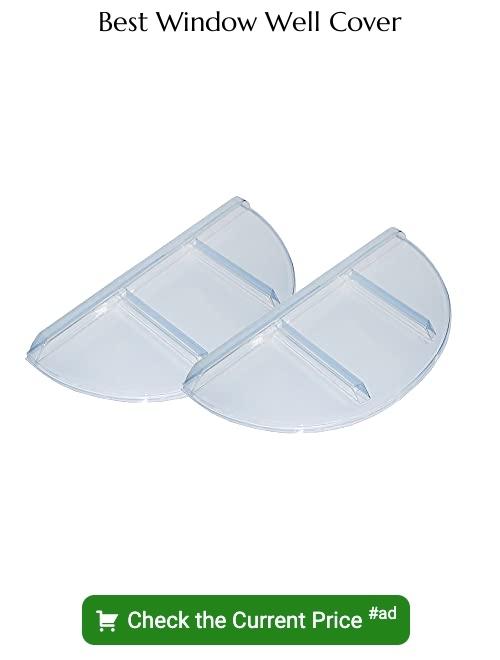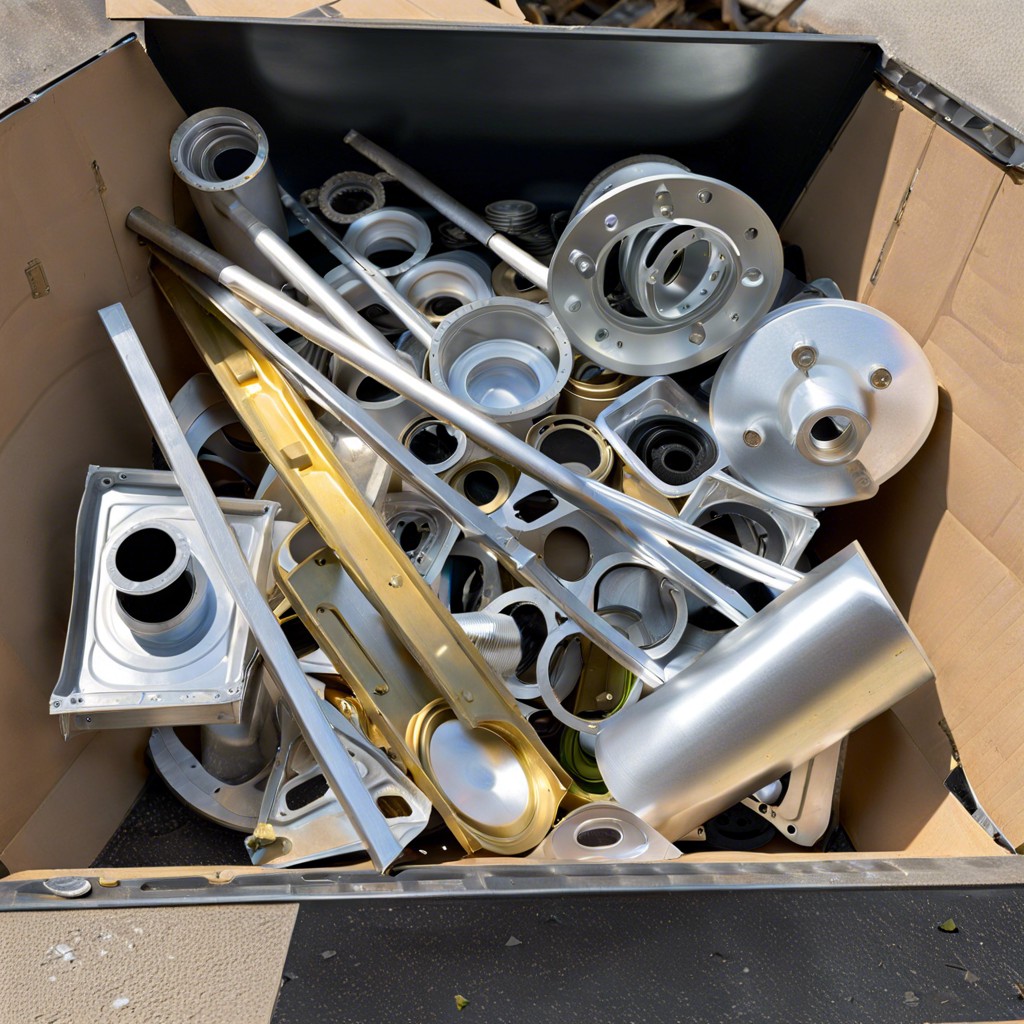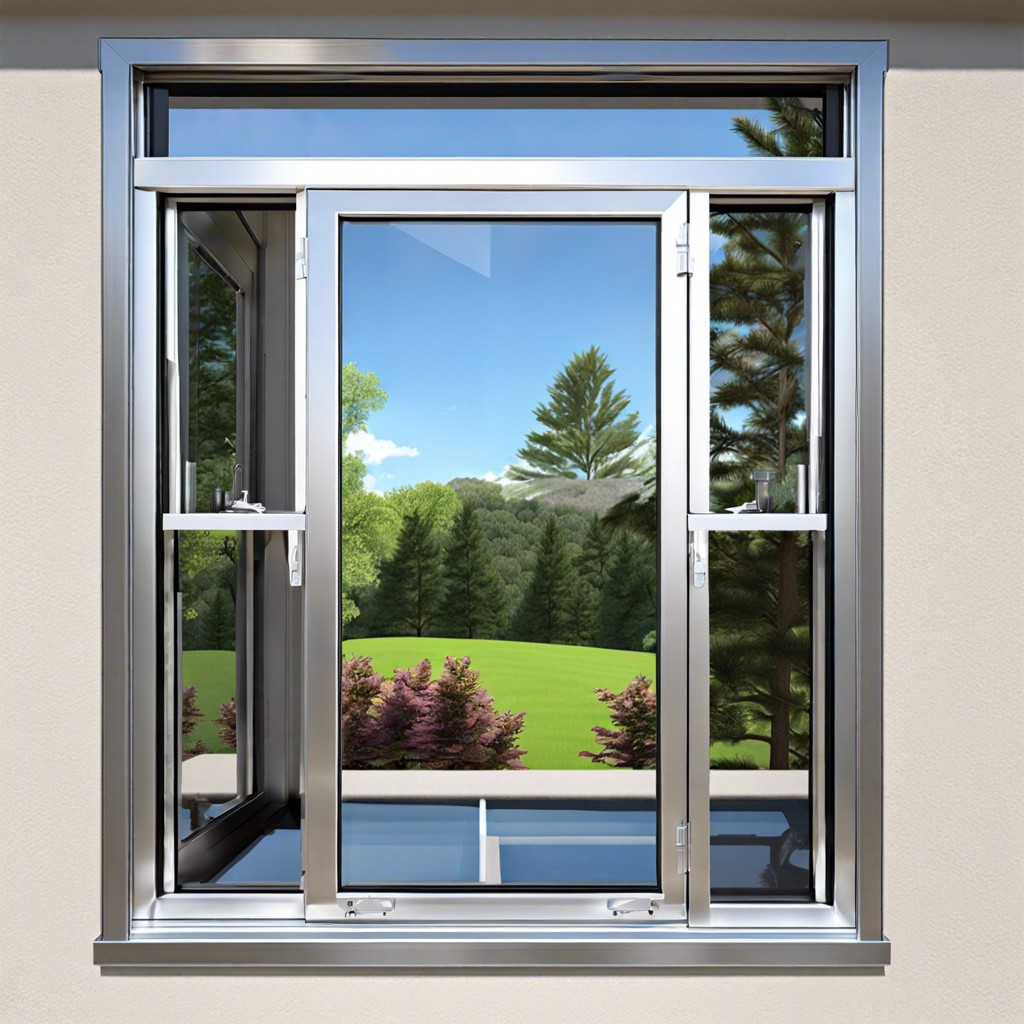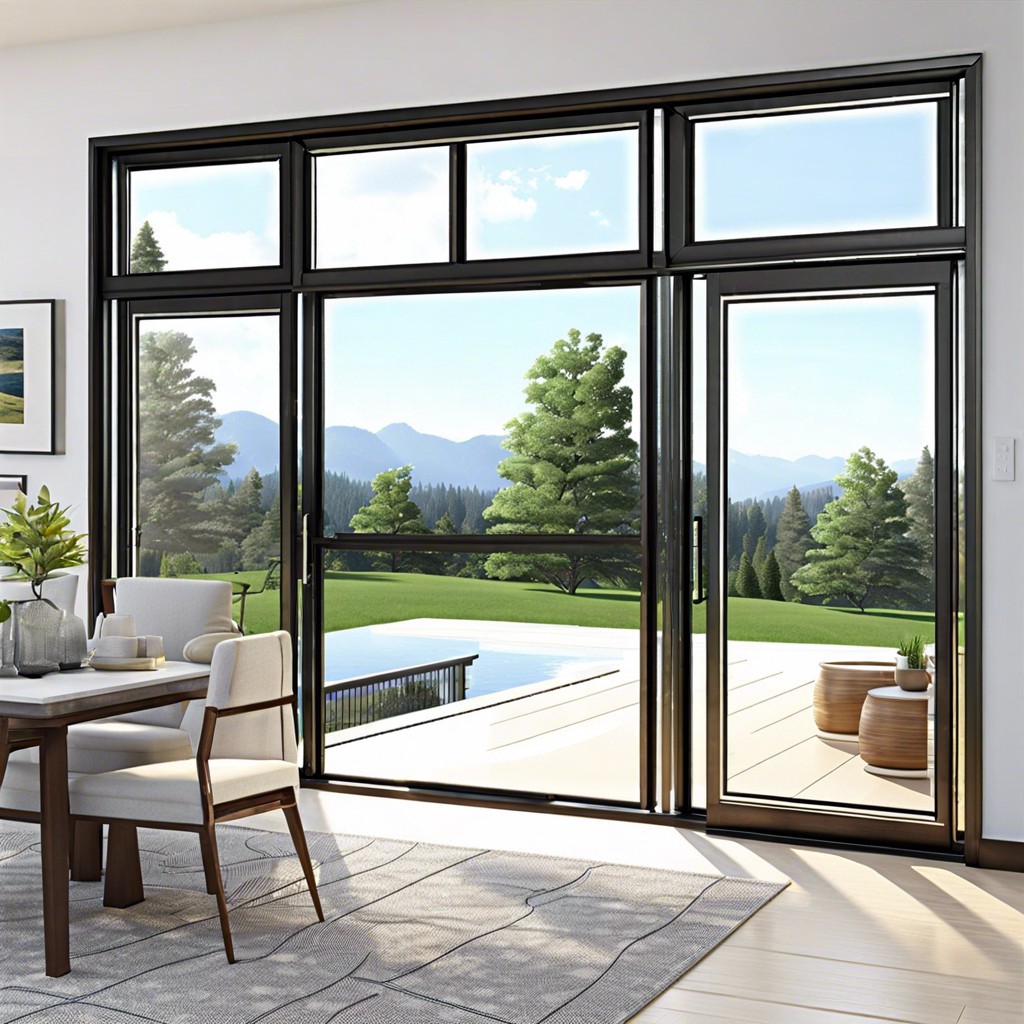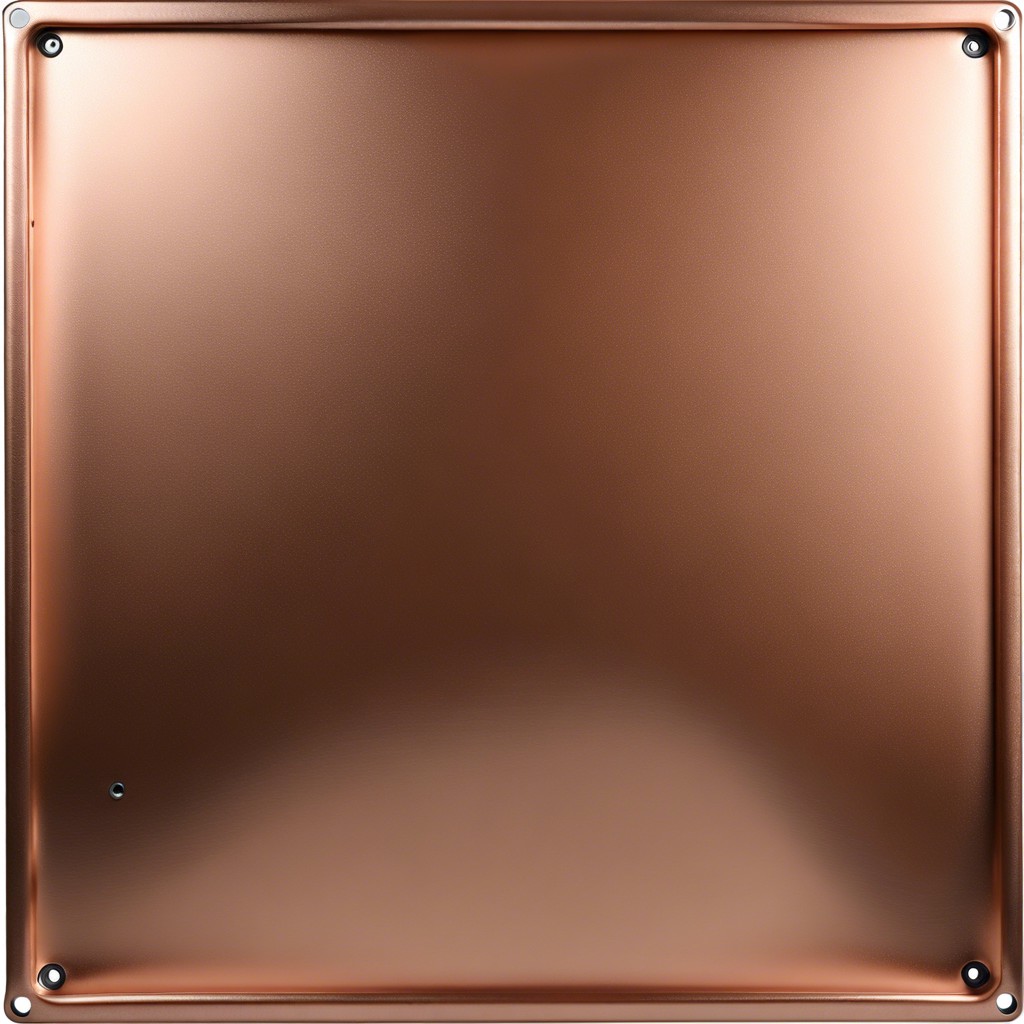Discover the simple steps to accurately measure your window well covers, ensuring a perfect fit and ultimate protection for your home’s foundation.
Have you ever experienced a flooded basement due to a heavy rainstorm? If yes, then you know how frustrating it can be. Water damage not only harms your belongings but also poses a threat to the foundation of your house.
One of the ways to prevent this is by installing window well covers. However, before purchasing one, it’s essential to know how to measure window well covers correctly.
In this blog post, we’ll guide you through the process step-by-step so that you can protect your home from water damage effectively.
Key takeaways:
- Bubble-style or raised dome-shaped covers provide more ventilation.
- Sloped or domed-shaped covers allow water to run off easily.
- Custom-sized covers provide an exact fit for your unique needs.
- Proper installation requires cleaning the well and following instructions.
- Regular cleaning and maintenance ensure covers remain in good condition.
Types of Window Well Covers
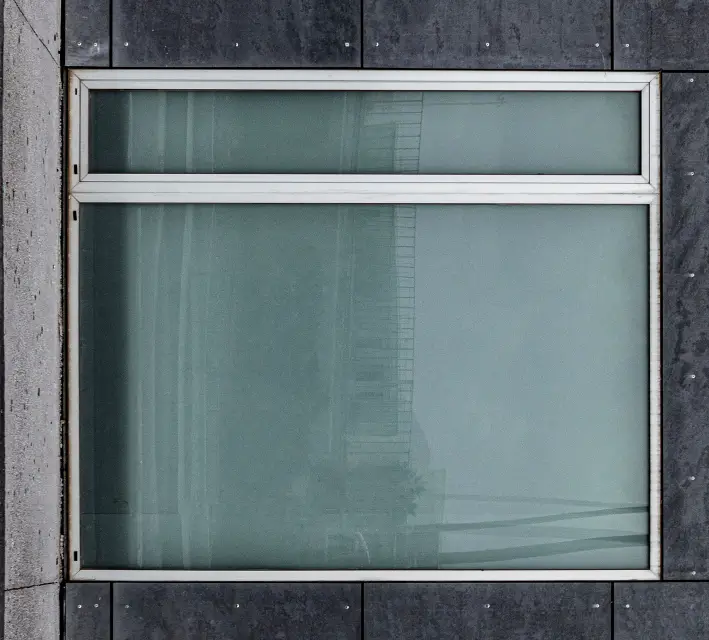
The most common types are made from polycarbonate, acrylic, and metal. Polycarbonate covers are durable and lightweight but can be prone to scratches over time.
Acrylic is a more affordable option that offers similar benefits as polycarbonate but may not last as long.
Metal window well covers come in various materials such as aluminum or steel mesh grates that offer excellent protection against debris while allowing natural light into your basement area.
Another type of cover is bubble-style plastic which provides insulation for your windows during winter months while still letting light through.
Mesh screens are also an option if you’re looking for something less expensive than other options on this list; however they don’t provide much protection against debris or water damage compared with other styles mentioned above.
Ultimately, choosing a window well cover depends on personal preference and budget constraints.
Measuring Tools Needed
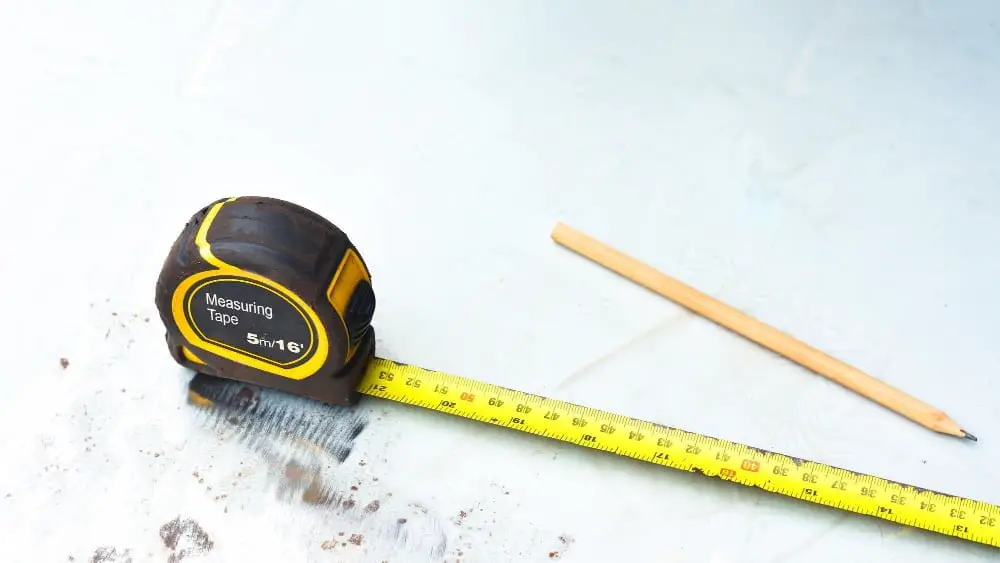
These include a measuring tape or ruler, paper and pencil to record measurements, and possibly a level if your window well is not entirely flat. It’s also helpful to have someone assist you in holding the measuring tape steady while taking measurements.
Before starting the measurement process, ensure that all necessary tools are readily available. Having everything on hand will make it easier for you to take accurate measurements without any interruptions or delays.
Preparing the Window Well for Measurement
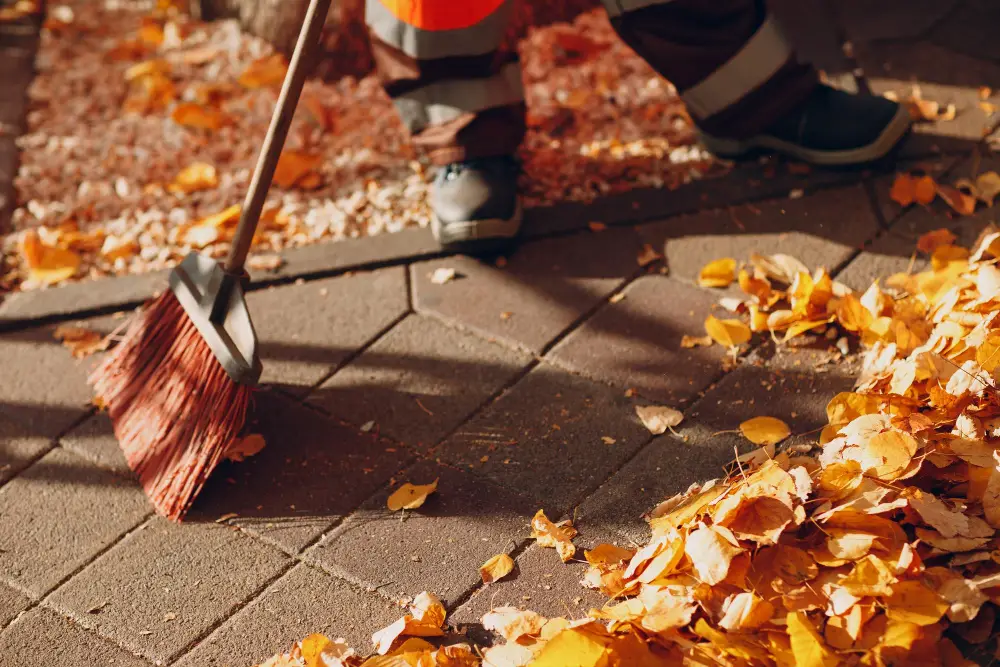
First, remove any debris or objects that may obstruct the measurement process. This includes rocks, leaves, and other materials that could interfere with accurate measurements.
Next, clean the window well thoroughly using a hose or pressure washer to ensure there is no dirt or grime buildup on its surface. If you notice any cracks in your window well during this cleaning process, make sure to take note of them as they can affect how you measure for a cover.
Check if there are any obstructions such as pipes or wires running through the window well that might impact how you measure for a cover. Take note of their location and size so that when it comes time to order your new cover; these factors can be taken into account.
Understand Window Well Design
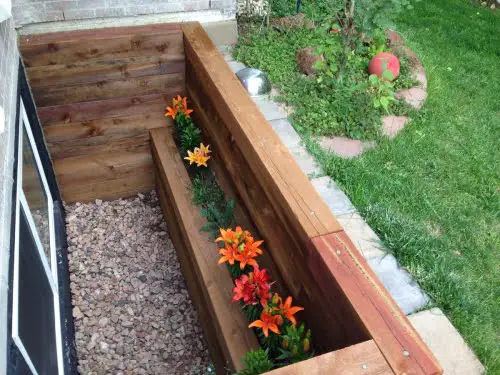
Window wells come in different shapes and sizes, depending on the type of foundation and the location of your home. Some are rectangular or square-shaped while others may be circular or oval-shaped.
It’s important to note that not all window wells are created equal. The depth of a window well can vary from a few inches to several feet deep, depending on local building codes and regulations.
Some homes have egress windows installed in their basement for emergency exits which require larger-sized window wells than standard ones.
Understanding the design of your specific window well is crucial when measuring for covers as it will determine how you take measurements accurately without leaving any gaps between the cover and wall surface.
Determining the Shape of Your Window Well
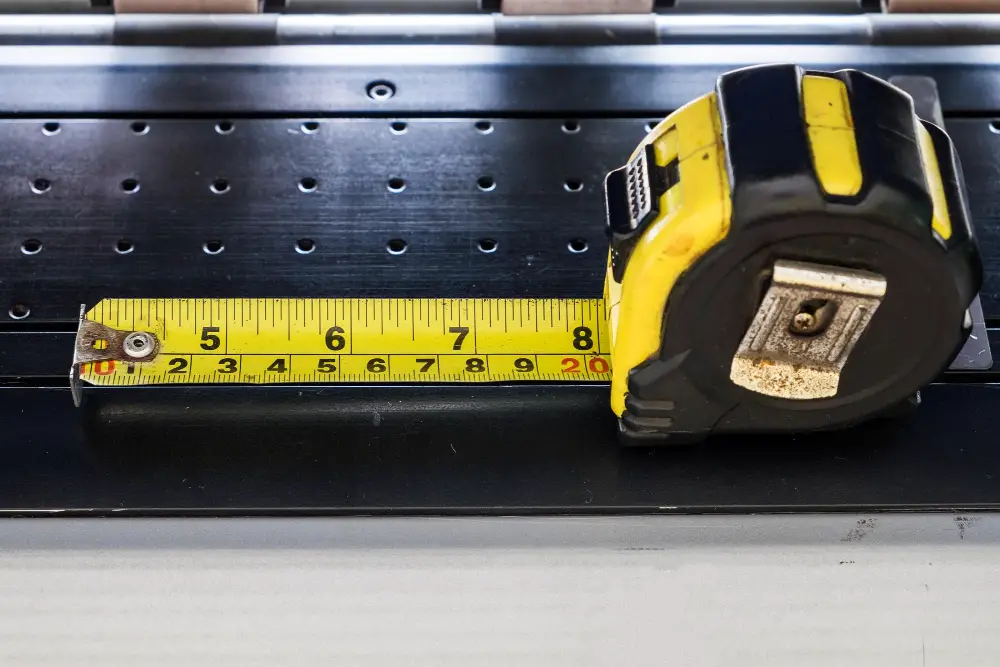
Window wells come in different shapes such as rectangular, circular or square. It’s essential to know the exact shape of your window well so that you can choose a cover that fits perfectly.
To determine the shape of your window well, take a measuring tape and measure each side from one end to another. If all sides are equal in length and form right angles at their corners, then it’s likely that you have a square or rectangular-shaped window well.
On the other hand, if all sides are curved with no straight lines forming right angles at their corners then it’s probably circular shaped. In case there are some straight lines but not enough for it to be considered rectangular or square-shaped; this could mean an irregularly shaped design.
Measure the Width of the Window Well
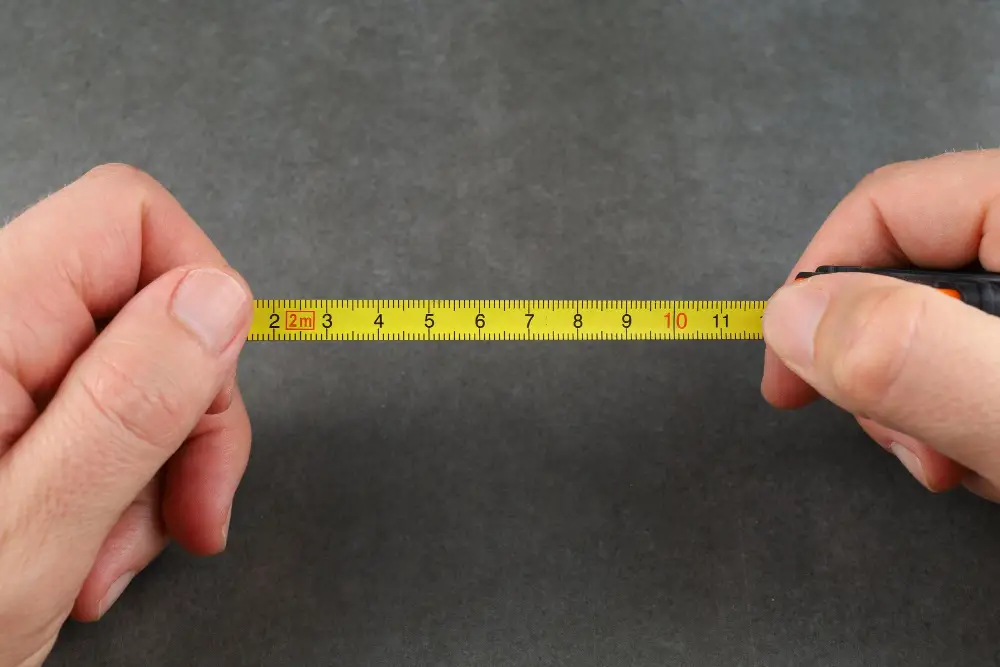
To do this, you’ll need a measuring tape or ruler. Start by placing one end of the measuring tape against the inside edge of one side of your window well and extend it across to the opposite side.
Make sure that you’re taking measurements at several points along each edge as some wells may not be perfectly straight or even in shape. Record all measurements accurately and take note if there are any variations between them.
It’s important to remember that when ordering a cover, always use your widest measurement as this will ensure proper coverage over your entire window well area.
Measure Window Well Length
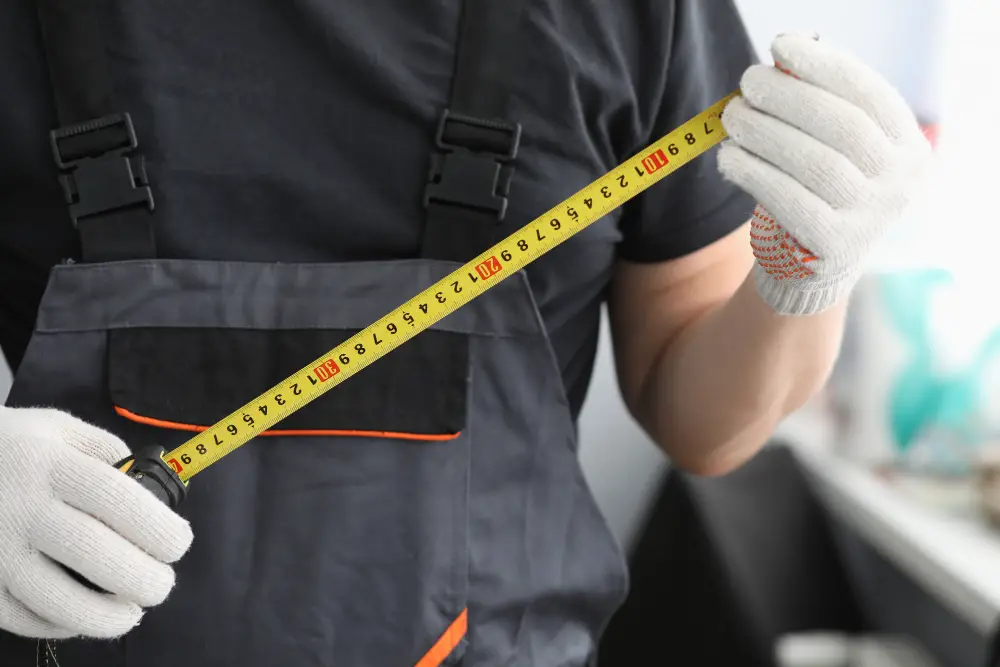
To do this, take a measuring tape and place one end at the back of the well against the foundation wall. Then stretch out your tape measure towards the front edge of your window well.
Make sure that you are holding it straight and level with no kinks or bends in between. Record this measurement on paper along with other measurements taken earlier.
If there is any obstruction such as pipes or wires running across from one side to another, make sure to account for them while taking measurements so that they don’t interfere with cover installation later on.
Measuring accurately is crucial when ordering custom-made covers because even small errors can lead to ill-fitting covers which won’t provide adequate protection against water damage.
Measure the Projection of the Window Well
The projection is the distance from the house wall to the outer edge of your window well. This measurement is crucial because it determines how far out your cover needs to extend beyond the edge of your window well.
To measure this, place one end of a measuring tape against where you want to install a cover on top of an open basement or cellar window and stretch it across until you reach where that same point would be on another side if there were no obstruction in between them (such as pipes). Make sure that when taking measurements for projections, they are taken at their widest points.
It’s important not only to get accurate measurements but also ensure that any protrusions such as pipes or vents are accounted for when measuring projections. If these obstructions aren’t considered during measurement, then there may be gaps between covers and walls which can allow water into basements even with covers installed.
Accounting for Protrusions
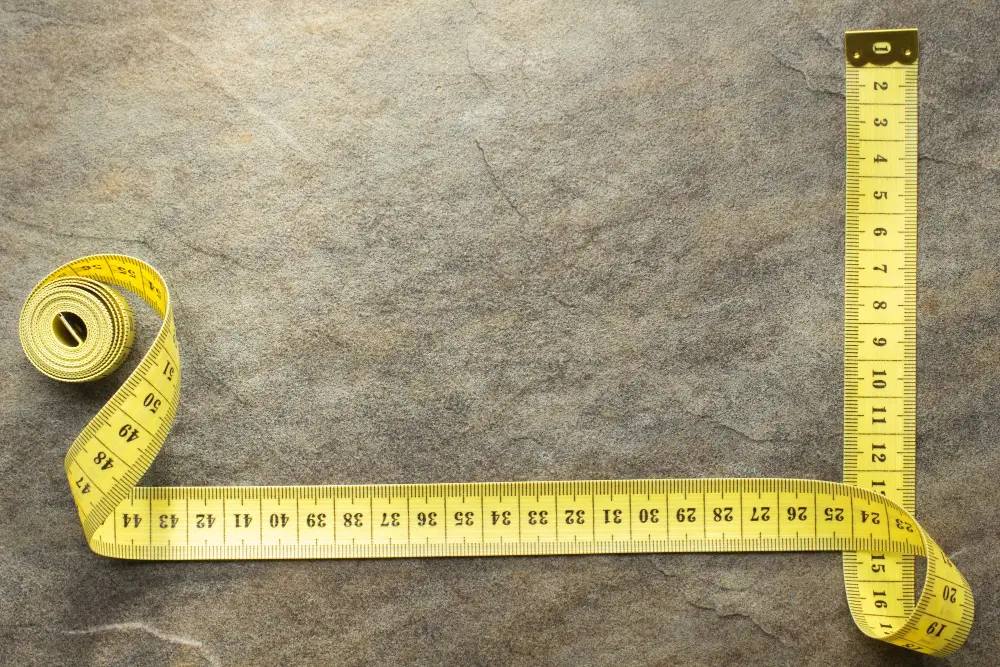
Protrusions can include anything from pipes and vents to electrical boxes or other obstructions. These elements can make it challenging to get an accurate measurement of the window well.
To measure around a protrusion, you’ll need a flexible tape measure or string and a ruler. Wrap the tape measure or string around the obstruction as tightly as possible without bending it out of shape.
Then, use your ruler to determine how much space is needed between this point and where you want your cover’s edge.
It’s important not only to account for these obstacles but also their placement in relation to each other when measuring for covers with multiple openings such as egress windows. By taking into consideration all potential obstructions during measurement, you will ensure that there are no gaps between the cover and wall which could allow water infiltration into basement areas below ground level.
Identify and Measure Obstructions in the Well
Obstructions can include pipes, vents, or other protrusions that could interfere with the cover’s fit. To accurately measure these obstructions, you’ll need to use a tape measure or ruler.
Start by identifying where the obstruction is located in relation to the window well opening. Measure from one side of the obstruction to another and record this measurement as part of your overall width measurement.
Next, determine how far out from the wall or foundation wall this obstruction extends into space (the projection). This will help you ensure that your cover fits snugly over both sides of any obstacles in its path.
Determining Cover Style
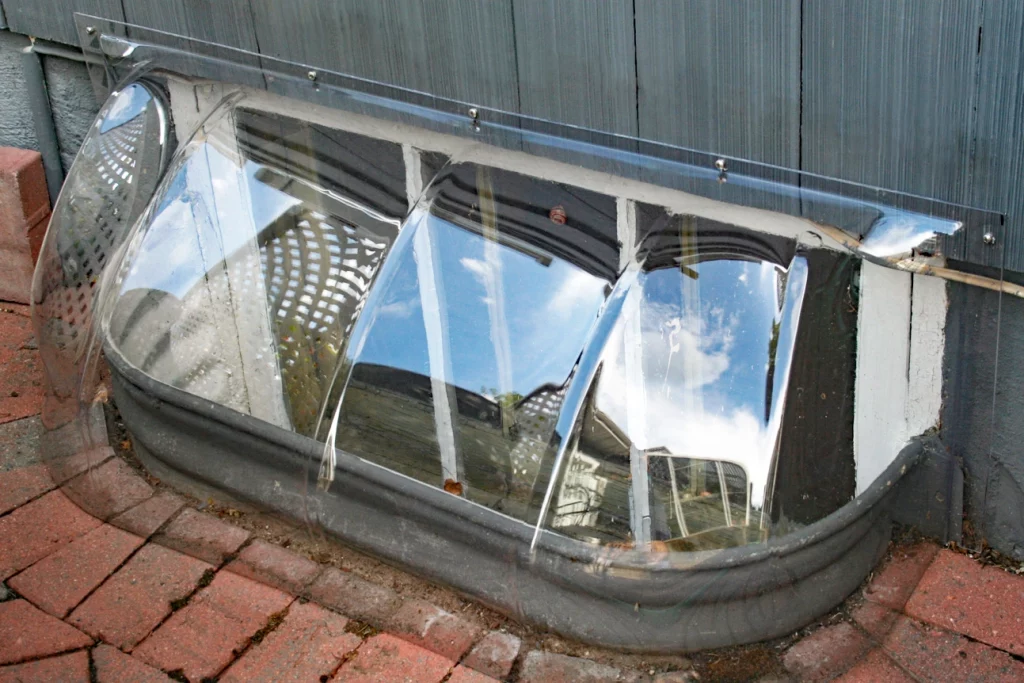
There are various types of covers available in the market, each with its unique features and benefits. Some popular styles include flat covers, bubble-style covers, and sloped or domed-shaped covers.
Flat window well covers are a simple design that lays flat on top of your window well. They provide excellent protection against debris such as leaves and branches while allowing natural light into your basement.
Bubble-style or raised dome-shaped window well covers offer more space for ventilation while still providing adequate protection from rainwater and other elements.
Sloped or domed-shaped designs allow water to run off easily without pooling on top of the cover. This type is ideal for areas with heavy rainfall where standing water can cause damage over time.
Choosing the Right Material for Your Cover
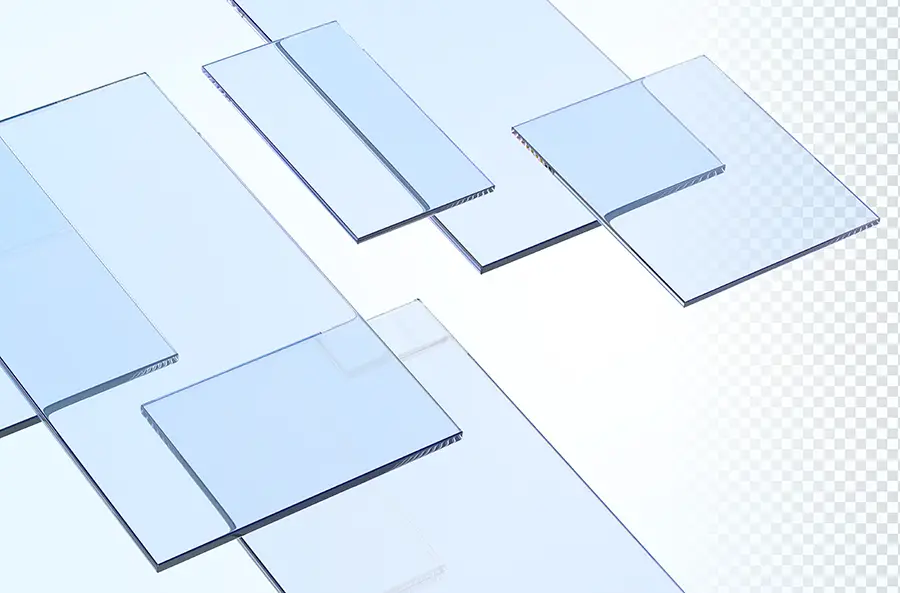
The most common materials used for covers include polycarbonate, acrylic, metal grates and mesh screens. Each of these materials has its own set of advantages and disadvantages.
Polycarbonate is a popular choice because it’s lightweight yet durable enough to withstand harsh weather conditions. It also allows natural light into the basement while keeping debris out.
Acrylic is another option that provides similar benefits as polycarbonate but with added UV protection against fading or yellowing over time.
Metal grates offer excellent durability and security but may not be suitable if you have small children or pets around due to their sharp edges.
Mesh screens are an affordable option that keeps debris out while allowing air circulation in the basement area. However, they may not provide adequate protection against heavy rainfall or snowfall.
Custom Vs. Standard Sizes
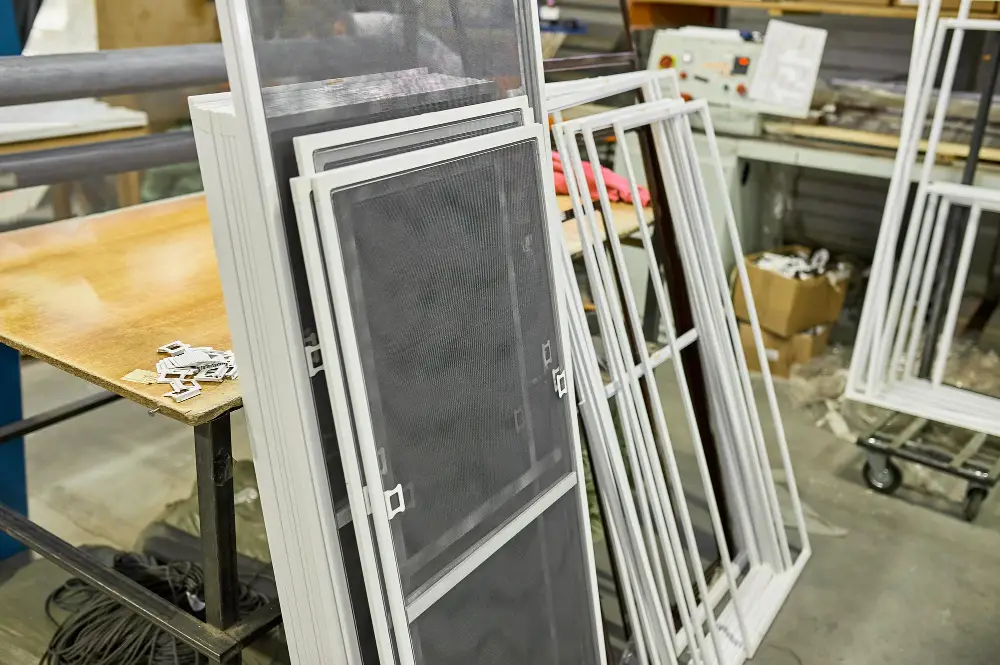
Standard sizes are pre-made and readily available in the market, while custom covers are made-to-order according to your specific measurements.
While standard-sized window well covers may seem like a convenient option, they might not fit your window wells perfectly. This can leave gaps that allow water and debris to enter the well or cause damage due to improper installation.
On the other hand, custom-sized window well covers provide an exact fit for your unique needs. They ensure maximum protection against water damage and debris infiltration while also enhancing the aesthetic appeal of your home’s exterior.
Custom sizing is especially important if you have non-standard sized windows or unusual shapes in your basement area that require special attention when measuring for a cover.
Confirming Measurements
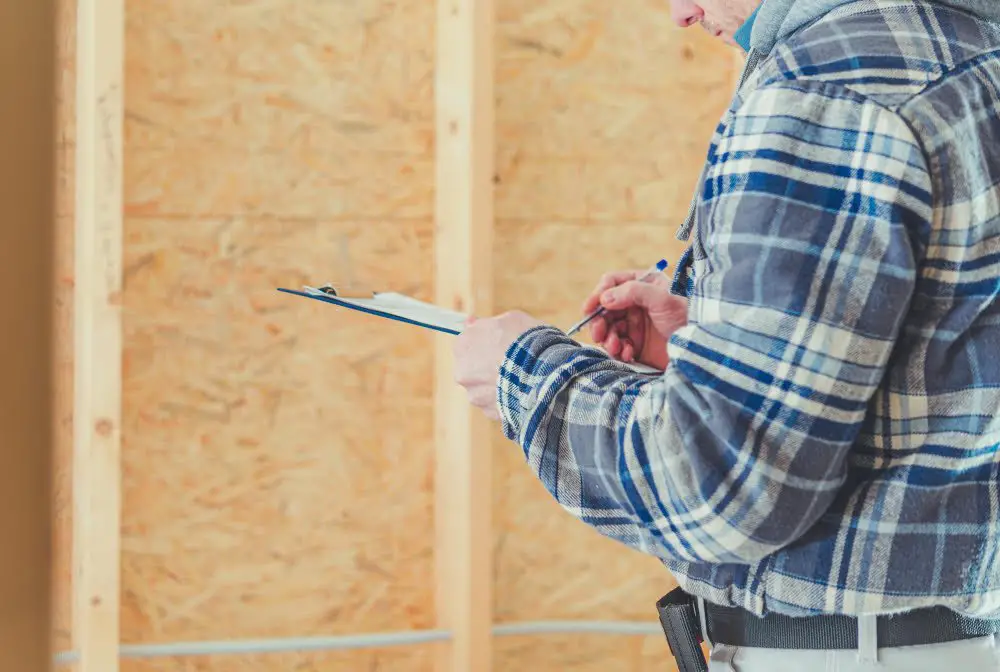
Double-checking ensures that you don’t end up with a cover that doesn’t fit correctly and leaves your basement vulnerable to water damage.
To confirm the measurements, compare them against each other and ensure they are consistent. If there are any discrepancies or uncertainties in your calculations, take additional measurements until you’re confident in their accuracy.
It’s also essential to check if the manufacturer has specific instructions for measuring their covers. Some companies may require additional information such as depth or height of the window well.
Ordering Window Well Covers

Many companies offer custom-made covers that fit perfectly over any window well shape or size. However, if you prefer a standard-sized cover, make sure to double-check the dimensions before placing an order.
When ordering online or in-store, be sure to provide accurate measurements and choose a material that suits your needs best. Some materials are more durable than others and can withstand harsh weather conditions better.
It’s also essential to consider additional features such as locks or hinges for added security and easy access during emergencies. Once ordered, most companies will deliver the covers directly to your doorstep within a few days.
Proper Installation Tips
Proper installation is crucial for the cover to function correctly and protect your home from water damage. Here are some tips for installing a window well cover:
1. Clean the Window Well: Before installing the new cover, make sure that there is no debris or dirt in the window well.
2. Follow Manufacturer Instructions: Every manufacturer has different instructions on how to install their covers properly; follow them carefully.
3. Secure Cover with Clips or Bolts: Most covers come with clips or bolts that secure them in place; use these as directed by manufacturer instructions.
4. Ensure Proper Fit: Double-check that your measurements were correct before attempting installation so that you can ensure a proper fit of the new cover over your window well.
5. Test Functionality of Cover: Once installed, test out its functionality by pouring water onto it and observing if any leaks occur around edges where gaps may exist between wall and frame.
Maintenance and Care
Regular cleaning is necessary to ensure that the covers remain in good condition and continue providing protection against water damage.
To clean your window well cover, remove any debris or leaves that may have accumulated on top of it. Use a soft-bristled brush or a vacuum cleaner with an attachment to remove dirt from the surface of the cover.
Avoid using harsh chemicals as they can damage some materials used in making these covers.
If you notice any cracks or damages on your window well cover, repair them immediately before they worsen. Small cracks can be fixed using epoxy glue while larger ones may require professional assistance.
Troubleshooting Common Issues
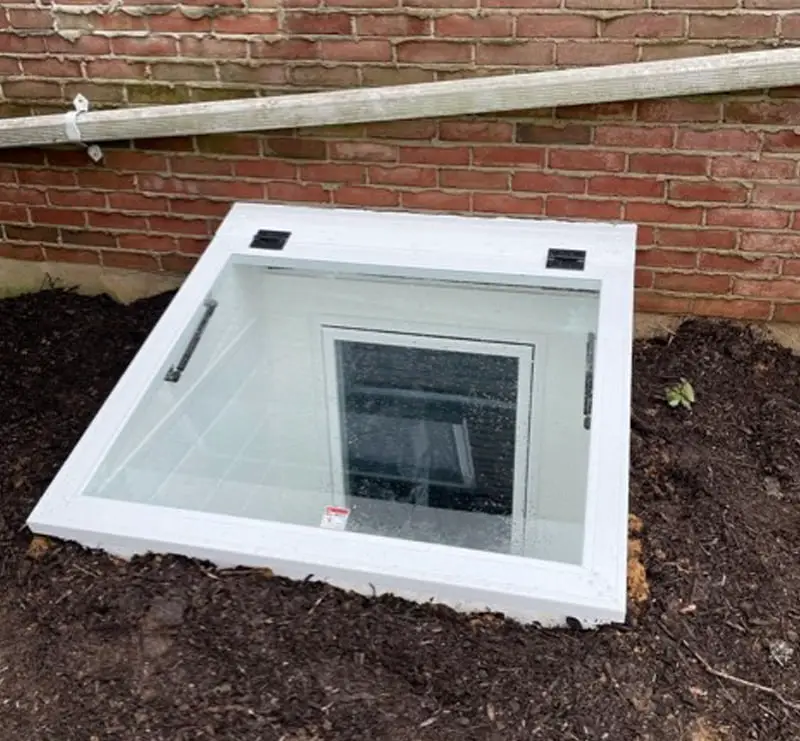
Don’t worry; we’ve got you covered! Here are some common problems that homeowners face with their window well covers and how to troubleshoot them:
1. Cover doesn’t fit: If the cover is too small or large for your window well, it won’t provide adequate protection against water damage.
Double-check your measurements to ensure accuracy.
2. Cover falls off: A loose-fitting cover can easily fall off in heavy winds or rainstorms, leaving your basement vulnerable to flooding.
Make sure the clips holding the cover in place are secure.
3. Condensation buildup: In humid climates, condensation can accumulate on top of a closed window well cover and drip into the basement below over time if not addressed promptly.
4. Cover obstructs egress windows – Ensure that any egress windows have an appropriate escape route by checking local building codes before installing a new type of covering.
Contacting Professionals for Assistance

They can provide expert advice and ensure that the measurements are accurate. Professionals can help with installation if needed.
Water damage is not something to take lightly, so it’s essential to get the right cover for your window wells. By contacting a professional for assistance in measuring and installing your cover correctly, you’ll be able to protect your home from water damage effectively.
Remember that investing in high-quality window well covers is an investment in protecting one of the most significant investments of all – our homes!
FAQ
How do you measure for a window well cover?
To measure for a window well cover, note the widest width by measuring the width of the window well at both the front and back, and then measure from the side of the house to the outside edge of the window well in at least two places.
What are standard window well sizes?
Standard window well sizes are 64 inches wide, 36 inches in projection, and 3 to 5 feet deep to meet egress window requirements, with the egress window centered for aesthetic purposes.
What materials are best for window well covers and how does it affect measurements?
The best materials for window well covers are polycarbonate and metal, as they offer durability and security; measurements should accommodate the cover material thickness for accurate sizing.
How can you ensure proper drainage while installing a window well cover?
To ensure proper drainage while installing a window well cover, slope the cover toward the well so that any water that collects on it will drain off easily.
What factors should be considered when choosing a custom or pre-made window well cover?
Some factors to consider when choosing a custom or pre-made window well cover include material, proper fit, easy installation, design, and your budget.
Recap
